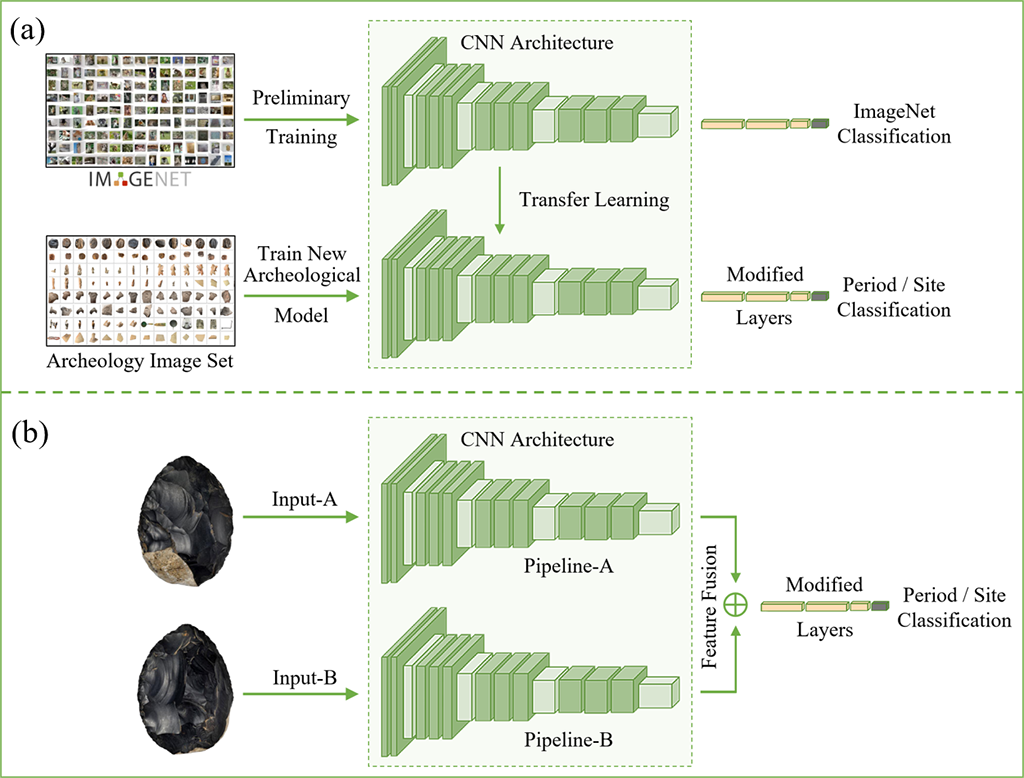We construct provably stable, conservative, and accurate volume dissipation within a tensor-product framework. The dissipation operators can be applied to any scheme that uses the SBP framework, including high-order entropy-stable schemes. We clarify the incorporation of a variable coefficient within the operator structure, and connect the presented volume dissipation to the use of upwind SBP operators, both in a finite-difference and spectral-element context. Numerical examples featuring the linear convection, Burgers, and Euler equations verify the properties of the constructed dissipation operators, and assess their performance compared to existing upwind schemes, including local linear stability behaviour. When applied to entropy-stable schemes, the presented approach results in accurate and robust methods that can solve a broader range of problems where comparable existing methods fail.
Link to the paper: arXiv:2503.12670
